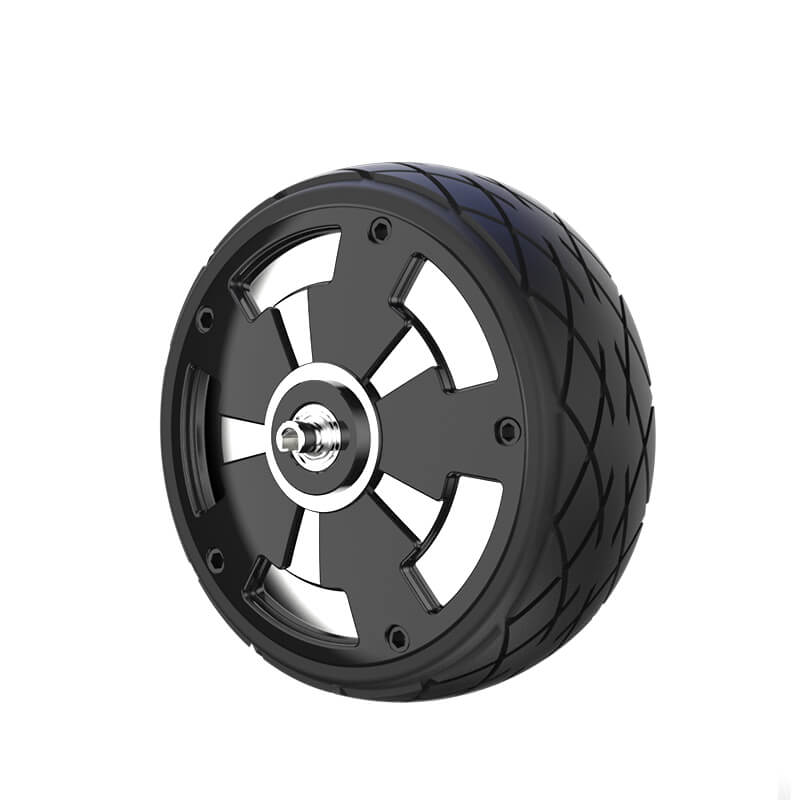When you're shopping around for motors, you’ll come across two major types: brushless and brushed. It’s easy to feel a little lost between the technical jargon and options out there. But don't worry; let’s break this down in a way that makes sense without all the fluff.

First, let's talk about what makes brushed motors tick. A brushed motor has, well, brushes. These are the little guys that make contact with a rotating part called the commutator. As the motor runs, the brushes constantly rub against the commutator to create the necessary electrical connection to keep things moving. Sounds straightforward, right? In many ways, it is. The technology is tried and true, and it’s been around for a long time. It’s also generally cheaper, which is why you’ll find brushed motors in many affordable products, from toys to power tools.
But here’s the catch: that constant friction between the brushes and commutator creates wear and tear over time. This leads to maintenance needs, which can be a hassle. If you're not keeping up with it, the performance might drop, or the motor could even fail prematurely. It’s the trade-off for a lower upfront cost.
Now, on to brushless motors. These are a bit more of a modern marvel. Instead of brushes making contact with a commutator, brushless motors use a controller to direct current to the motor’s coils. This setup eliminates the need for those pesky brushes. Without them, there's less friction, which means less wear and tear, and, honestly, a longer life. The motor runs quieter, more efficiently, and with less maintenance. That’s why you often see brushless motors in higher-end devices like drones and electric vehicles. They’re just more durable and better at handling heat, which is key when performance is everything.
But, hold up. Brushless motors aren't perfect. They tend to cost more upfront and require more complex electronics to control them. So, if you’re looking for something simple and don’t mind some maintenance down the road, a brushed motor might still be your go-to. For instance, if you just need something for light-duty work that doesn't get used often, you probably won’t notice the difference between the two.
In fact, let’s talk about how this plays out in real life. If you’ve ever driven a drone, you know that the reliability and efficiency of the motor are crucial. Imagine your drone cutting out mid-flight because the motor wore down too quickly. That’s where brushless motors shine—they’re built for the long haul. Plus, they’ll keep your device running smoother for longer without the risk of sudden breakdowns.
But if you're using a motor for less demanding tasks, say, for a small fan or an entry-level power tool, a brushed motor might be exactly what you need. You’ll get the job done without breaking the bank, and with regular maintenance, you'll be just fine.
At the end of the day, choosing between brushed and brushless comes down to what you're after. If you want performance, longevity, and less maintenance, go for a brushless motor. But if you’re just looking for something simple and budget-friendly, a brushed motor will do the job. Understanding the difference makes it easier to make the right call for your needs. After all, it’s not always about the technology itself but how well it fits into your life.
Established in 2005, Kpower has been dedicated to a professional compact motion unit manufacturer, headquartered in Dongguan, Guangdong Province, China.




































